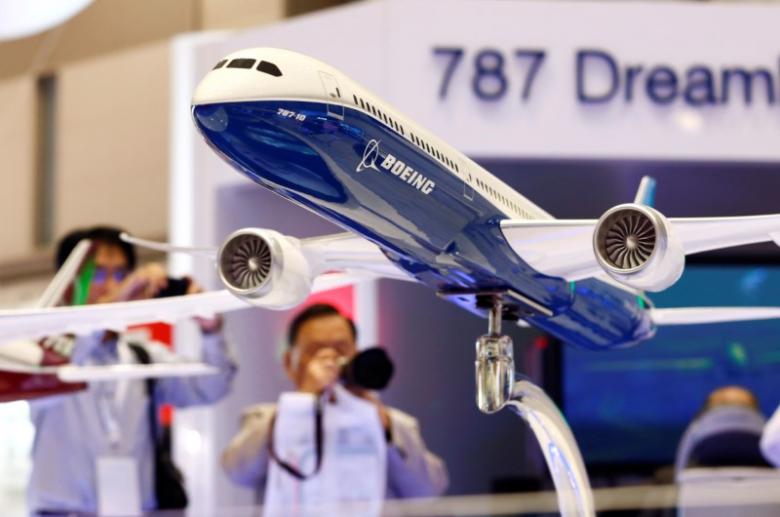
Boeing announced last week that they’ve contracted a firm to produce “structural titanium parts”. What does this mean?
This, I believe, is an incredibly important milestone on the way to a 3D printed future. Yes, 3D printed parts have been used previously on aircraft, and in increasing frequency in recent times.
But there’s one big caveat: they are not “flight ready” critical components. They might be a window covering or a seat lever. But they wouldn’t be a part that holds up the wings, for example.
Now they are.
The four 3D printed titanium parts produced by Norsk Titanium AS for Boeing are the first such parts. Boeing intends on doing many more, but it will take some effort. From Reuters:
Norsk worked with Boeing for more than a year to design four 787 parts and obtain Federal Aviation Administration certification for them, Yates said.
But if they can do this once, they can do it again. And again.
According to the report, Boeing must use a great deal of titanium in the 787 to complement the higher use of carbon fiber materials. But this titanium costs about USD$17M of the aircraft’s USD$265M cost, or about 6.4%.
The four parts described here will certainly not make a dent in the cost of the 787, but in the future as more titanium parts are included, Boeing estimates that the cost of the aircraft will drop by around USD$2-3M, or about 1%.
For the 144 787 aircraft produced each year, that could result in savings to Boeing of almost half a billion USD$ each year!
And it could enable the company to reduce pricing on their products slightly, which is very important in the highly competitive airline industry. Imagine a client purchasing 100 787’s: if they split the savings with Boeing, the cost of that purchase could be lowered by USD$150M. That’s not insignificant.
The other implication of this development is that it essentially forces their competitors to begin similar operations to reduce costs through 3D printing. That should trigger a bit of a gold rush for 3D metal printing vendors of all sorts, and also explains why GE quickly acquired two 3D metal printing companies recently.
The increasing use of 3D printing for this purpose in this industry will eventually leak through other aspects of their business and into other industries, so this is extremely good news for 3D printing.
Via Reuters

